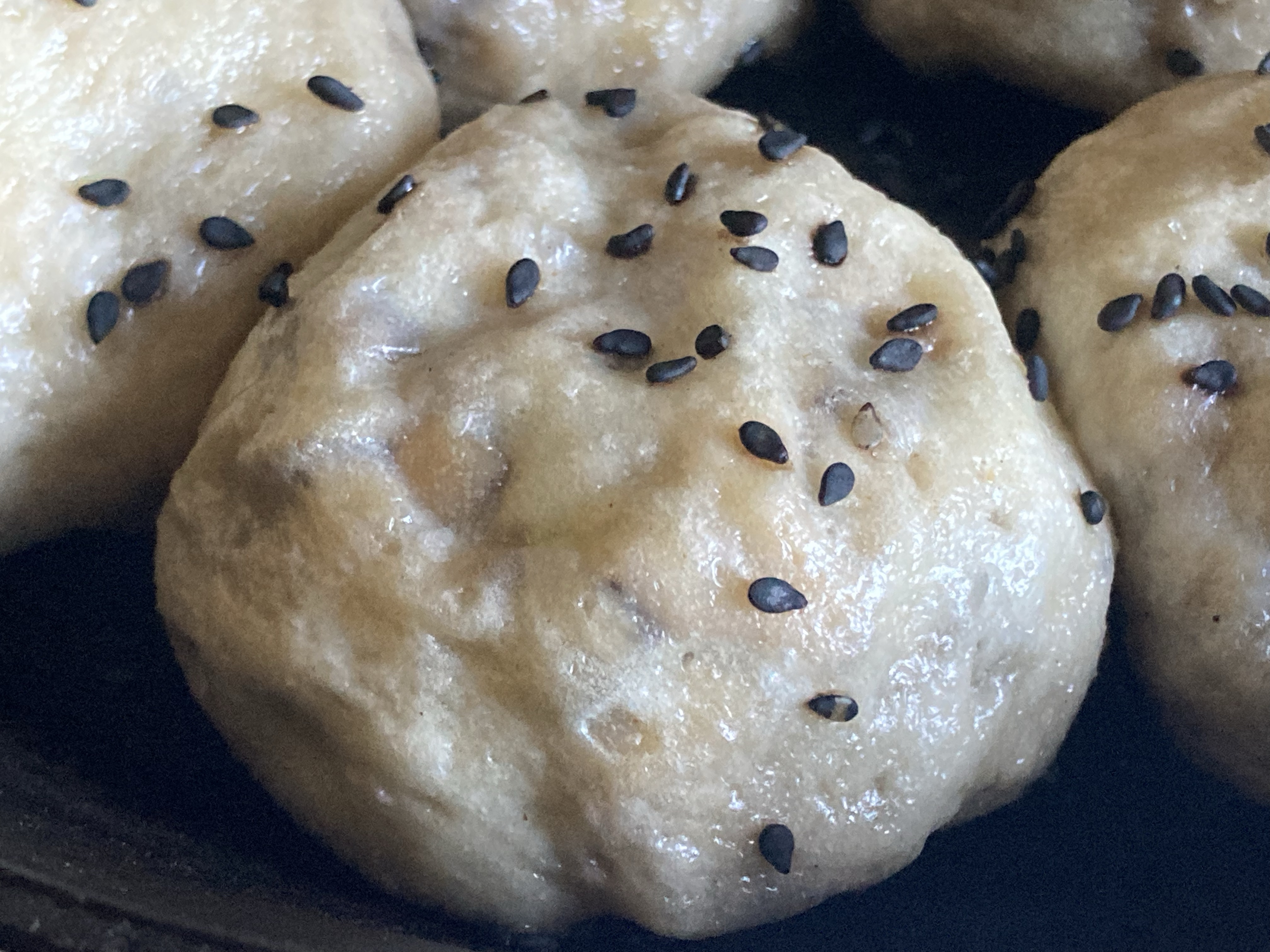Wu Cuisine
Wu cuisine is the cuisine of the Wu region of eastern China, roughly aligned with the Jiangnan(江南) region south of the Yangtze River(長江). This region includes Shanghai(上海); Zhejiang(浙江); and southern Jiangsu(江蘇), particularly the cities Suzhou(蘇州), Wuxi(無錫), and Changzhou(常州).
Hangzhou(杭州) is a major cultural center as well as several other important cities including Shanghai(上海), Suzhou(蘇州), and Shaoxing(紹興). Wu cuisine largely coincides with Zhe cuisine(浙菜) as defined by the political boundaries of Zhejiang(浙江) Province.
The Wu language(吳語) is a defining feature of the region. Sometimes called Shanghainese, the Shanghai dialect(上海話) is actually one of several Wu dialects with varying levels of mutual intelligibility. Though separate languages, Wu is distantly related to Mandarin, Cantonese, and other Sinitic languages.
The Yangtze River Delta(長江三角洲), Lake Tai(太湖), and Hangzhou Bay(杭州灣) are major geographic features. The historic Grand Canal(京杭大運河) links Hangzhou and several other cities in the region to Beijing(北京) in northern China. It is considered the longest canal system in the world, and some sections of canal are hundreds and even thousands of years old.
Ingredients
Rice is the major staple food in the region. Black vinegar is produced from rice; Zhenjiang vinegar(鎭江醋), or Chinkiang vinegar, originated in this region and is well-known throughout China. Sticky rice(圓糯米) is used for zong and fermented to make Shaoxing wine(紹興酒).
Wheat is also used for foods like dumplings and cakes.
Common vegetables include leaf mustard(芥菜 ka tshe), yeu tshe(油菜), and napa cabbage(白菜 baq tshe). Mustard or other leafy vegetables are salt pickled and dried(烏乾菜 ou koe tshe or 霉乾菜 me koe tshe)[梅乾菜]. completely dried unlike (酸菜)(not dried) and (福菜)(partially dried)
Lotus root is cooked in a variety of ways. Lotus leaf is used for wrapping foods.
Brasenia(蓴菜) is an aquatic plant used in soup.
Bamboo shoots are harvested fresh in the spring.
shrimp(蝦), mud crab(蝤蠓), mitten crab(大閘蟹 / 上海毛蟹)
mandarin fish(鱖魚), large yellow croaker(大黃魚), grass carp(草魚)
chicken(雞肉), pork(豬肉), cured ham from Jinhua(金華火腿)
Dishes
- ni ko(年糕): rice cake made with rice and sticky rice which can be sliced and cooked in different ways
- Jiaxing zong(嘉興粽): rice and pork filling seasoned with soy sauce and rice wine, wrapped in reed leaves and boiled or steamed
- Huzhou zong(湖州粽): long-shaped rice and pork filling seasoned with soy sauce and rice wine, wrapped in reed leaves and boiled or steamed
- san tsie moe deu(生煎饅頭)[生煎包]: stuffed bun, usually with meat filling
- siau lon moe deu(小籠饅頭)[小籠包]: small soup-filled dumpling with meat or sometimes seafood
- than mie(湯麵): noodles in flavorful broth
- crisp fried young lotus root(脆炒蓮藕丁)
- sauteed lotus root(清炒蓮藕)
- youbao jumbo shrimp(油爆大蝦): jumbo shrimp cooked in oil
- large yellow croaker soup with salted vegetables(鹹菜大湯黃魚)
- beggar’s chicken(叫化雞): chicken baked in lotus leaf and clay over low heat
- dongpo pork(東坡肉): pan-cooked and braised pork belly
- brasenia soup(蓴菜湯)
- osmanthus sticky rice lotus root(桂花糯米藕)
- hong sau(紅燒): meat or other ingredient braised in red sauce
- ribbonfish stew(帶魚羹)
- mooncake(月餅): small, round cake with flaky crust sweet filling, usually with salted egg yolk; Suzhou-style mooncake(蘇式月餅) is most famous
Recipes
-

San Tsie Moe Deu
San tsie moe deu(生煎饅頭) is a a type of small pan-cooked bun from eastern China. It is made with leavened […]
-
Suzhou-style mooncake
Suzhou-style mooncake(蘇式月餅) is a popular type of pastry with flaky crust and sweet or savory filling. It originated in Suzhou, […]